Spill Proofing Home DIY projects can feel daunting, right? I get it! The thought of meticulously crafting something beautiful, only to have it ruined by a clumsy spill, is enough to make anyone hesitate. But fear not, fellow DIY enthusiasts! This isn’t just another article; it’s your ultimate guide to creating stunning, spill-resistant masterpieces that will stand the test of time (and the occasional accidental splash!).
For centuries, artisans have sought ways to protect their creations from the elements. From ancient Egyptians using varnishes on their sarcophagi to Renaissance painters perfecting their oil-based techniques, the desire to preserve beauty is deeply ingrained in our history. Today, we’re taking that age-old quest and applying it to our modern spill proofing home DIY adventures.
Why is this so important? Because life happens! Whether it’s a rogue coffee cup near your newly painted side table, or a curious pet investigating your handcrafted rug, spills are inevitable. Instead of living in constant fear of ruining your hard work, let’s equip ourselves with the knowledge and techniques to create truly durable and beautiful pieces. I’m going to share some simple, effective, and budget-friendly methods to protect your DIY projects, ensuring they remain vibrant and pristine for years to come. Get ready to unleash your creativity without the worry!
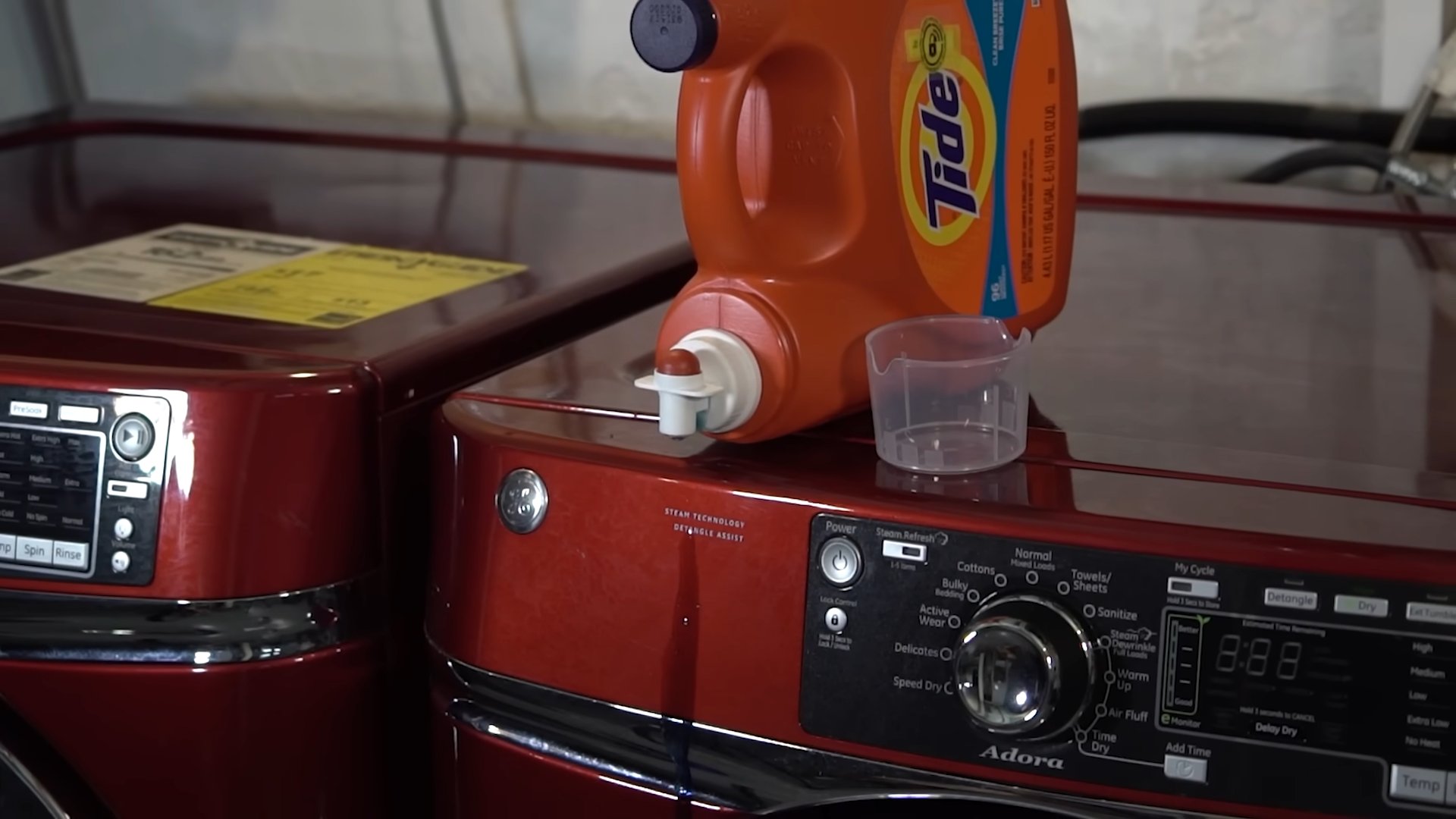
DIY Spill-Proofing Your Home: A Guide to Worry-Free Living
Hey there! Are you tired of living in constant fear of spills? Do you cringe every time your kids (or, let’s be honest, you) carry a glass of juice near the sofa? Well, fear no more! I’m going to walk you through some simple, effective DIY projects that will make your home a spill-proof haven. We’re talking about protecting your furniture, floors, and sanity!
Protecting Your Upholstery: The Fabric Guarding Power-Up
This is probably the most crucial area to tackle. Upholstery is expensive and notoriously difficult to clean. Let’s get it protected!
What You’ll Need:
* Fabric protector spray (Scotchgard, ForceField, or similar)
* Clean microfiber cloths
* Vacuum cleaner with upholstery attachment
* (Optional) Painter’s tape
Step-by-Step Instructions:
1. Prepare the Area: First things first, you need to make sure the area is well-ventilated. Open windows and doors, or even better, work outside if possible. Fabric protector sprays can have strong fumes. Also, protect surrounding areas with drop cloths or painter’s tape. I always tape off any wood trim or metal legs to avoid overspray.
2. Clean the Upholstery: Before you even think about spraying, you need to thoroughly clean your upholstery. Vacuum every nook and cranny, paying special attention to seams and crevices where crumbs and dust love to hide. Use the upholstery attachment to avoid damaging the fabric. If you have any existing stains, try to spot-clean them first with a mild detergent and water. Let the upholstery dry completely before moving on.
3. Test in an Inconspicuous Area: This is super important! Before you go spraying the entire sofa, test the fabric protector in a hidden spot, like the back of a cushion or underneath the furniture. This will ensure that the spray doesn’t discolor or damage the fabric. Wait at least 24 hours to see the results.
4. Apply the Fabric Protector: Now for the fun part! Hold the spray can about 6-8 inches away from the upholstery and apply an even coat. Don’t saturate the fabric; you want a light, even layer. Over-saturating can actually make the fabric stiff and attract more dirt. Follow the manufacturer’s instructions on the can for the best results. I usually do two light coats, allowing each coat to dry completely before applying the next.
5. Let it Dry Completely: Patience is key! Allow the fabric protector to dry completely before using the furniture. This usually takes 24-48 hours, depending on the product and the humidity. Resist the urge to sit on it or touch it during this time.
6. Reapply Regularly: Fabric protector isn’t a one-and-done deal. You’ll need to reapply it every 6-12 months, or more frequently if you have heavy use. Think of it as a maintenance task, like changing the oil in your car.
Floor Protection: Sealing the Deal
Floors are another high-risk area for spills. Whether you have hardwood, tile, or laminate, protecting them is essential.
What You’ll Need:
* Appropriate sealant for your floor type (polyurethane for hardwood, grout sealer for tile, etc.)
* Clean mop or applicator pad
* Buckets
* Painter’s tape
* (Optional) Knee pads
Step-by-Step Instructions:
1. Identify Your Floor Type: This is crucial! You need to use the right sealant for your floor type. Using the wrong product can damage your floors. If you’re not sure what type of flooring you have, consult a professional or do some research online.
2. Prepare the Floor: Before you start sealing, you need to thoroughly clean your floors. Sweep, vacuum, and mop to remove all dirt, dust, and debris. For hardwood floors, you may need to use a wood cleaner specifically designed for prepping floors for sealing. For tile floors, make sure the grout is clean and free of mildew.
3. Tape Off Baseboards and Trim: Use painter’s tape to protect your baseboards, trim, and any other areas you don’t want to get sealant on. This will save you a lot of time and effort in the long run.
4. Apply the Sealant: Follow the manufacturer’s instructions on the sealant container. For hardwood floors, you’ll typically apply the sealant with a mop or applicator pad, working in long, even strokes. For tile floors, you’ll use a grout sealer applicator to apply the sealant to the grout lines. Be careful not to get sealant on the tile itself, as it can be difficult to remove.
5. Allow to Dry Completely: Again, patience is key! Allow the sealant to dry completely before walking on the floors. This usually takes 24-48 hours, depending on the product and the humidity. Keep pets and children off the floors during this time.
6. Apply Additional Coats (If Necessary): Some sealants require multiple coats for optimal protection. If this is the case, follow the manufacturer’s instructions and allow each coat to dry completely before applying the next.
7. Regular Cleaning and Maintenance: Even with sealant, regular cleaning is essential. Use a pH-neutral cleaner specifically designed for your floor type. Avoid harsh chemicals and abrasive cleaners, as they can damage the sealant.
Creating a Spill-Resistant Kitchen: Countertop and Backsplash Protection
The kitchen is a spill zone! Let’s protect those countertops and backsplashes.
What You’ll Need:
* Countertop sealant (granite, marble, quartz) or tile/grout sealer
* Clean microfiber cloths
* Applicator pads or brushes
* (Optional) Painter’s tape
Step-by-Step Instructions:
1. Identify Your Countertop Material: Just like with floors, you need to use the right sealant for your countertop material. Granite, marble, and quartz all require different types of sealants. Tile backsplashes need grout sealer.
2. Clean the Surfaces: Thoroughly clean your countertops and backsplash with a mild detergent and water. Remove any grease, grime, or food residue. For tile backsplashes, pay special attention to the grout lines.
3. Dry Completely: Make sure the surfaces are completely dry before applying the sealant. This is especially important for porous materials like granite and marble.
4. Apply the Sealant: Follow the manufacturer’s instructions on the sealant container. For granite and marble countertops, you’ll typically apply the sealant with a clean microfiber cloth or applicator pad, working in small sections. For tile backsplashes, you’ll use a grout sealer applicator to apply the sealant to the grout lines.
5. Wipe Away Excess Sealant: After applying the sealant, wipe away any excess with a clean microfiber cloth. This will prevent the sealant from drying on the surface and creating a sticky residue.
6. Allow to Dry Completely: Allow the sealant to dry completely before using the countertops or backsplash. This usually takes 24-48 hours, depending on the product and the humidity.
7. Reapply Regularly: Countertop and backsplash sealants need to be reapplied every 6-12 months, or more frequently if you have heavy use.
Bonus Tip: Spill-Proof Tablecloths and Placemats
Consider investing in spill-proof tablecloths and placemats. These are a lifesaver, especially if you have kids. Look for fabrics that are treated with a stain-resistant finish or made from waterproof materials like vinyl.
Bonus Tip: Rug Protection
Rugs are notorious for soaking up spills. Consider using a rug protector spray, similar to the fabric protector for upholstery. Also, invest in rug pads to prevent spills from seeping through to the floor underneath.
Bonus Tip: Train Your Family (and Yourself!)
Okay, this isn’t exactly a DIY project, but it’s just as important. Teach your family to be mindful of spills and to clean them up immediately. Keep cleaning supplies readily available in high-traffic areas. And, let’s be honest, remind yourself to be careful too!
By following these simple DIY projects, you can create a spill-proof home that’s both beautiful and functional. No more stressing over every little drip and drop! Happy spill-proofing!
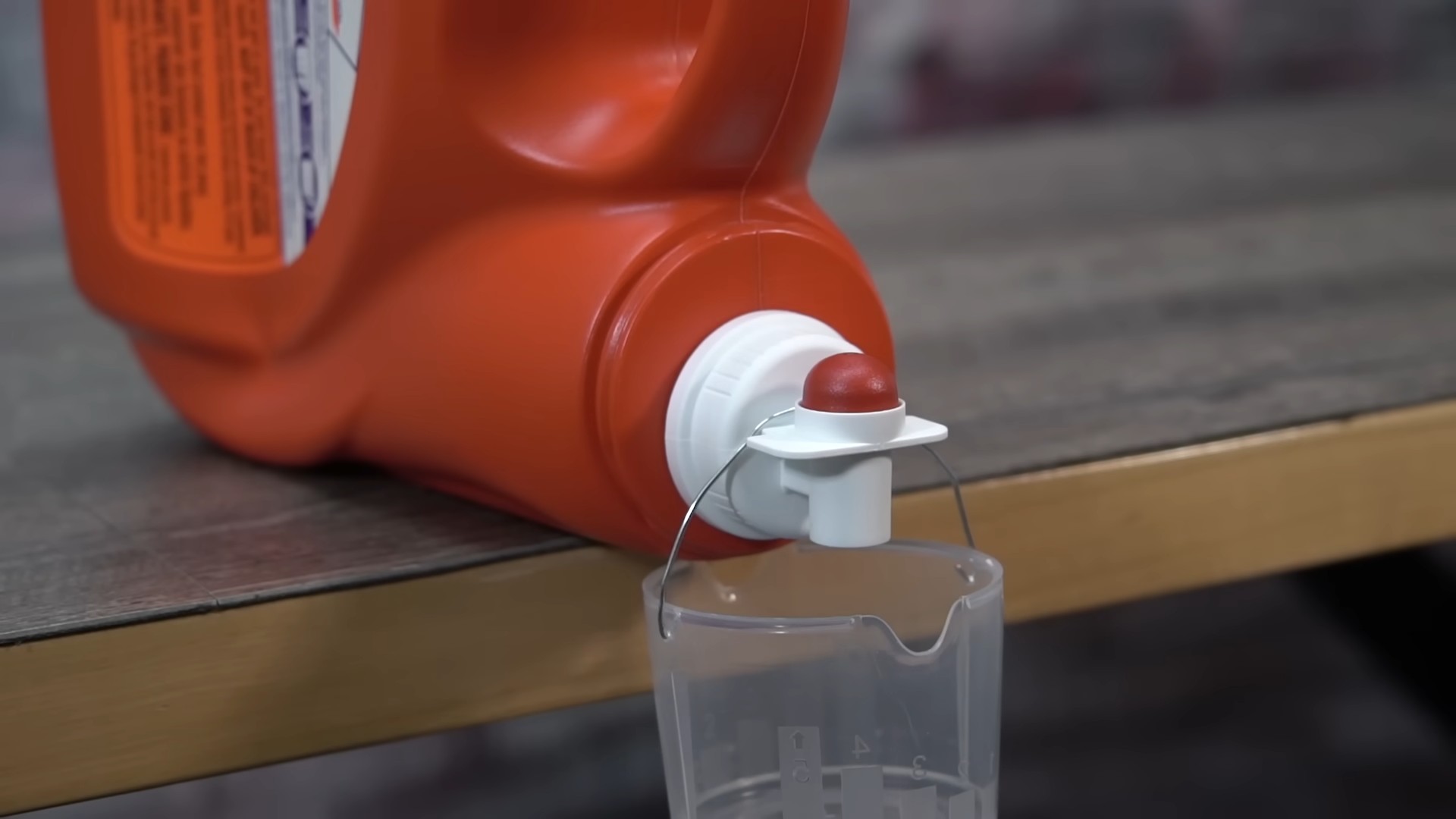
Conclusion
So, there you have it! This simple, yet incredibly effective, spill-proofing home DIY is more than just a clever trick; it’s a game-changer for anyone who wants to maintain a clean and stress-free living space. We’ve all been there 鈥?the heart-stopping moment when a glass of juice tips over, a bowl of soup sloshes, or a rogue pen leaks ink onto our favorite rug. The frantic scramble for cleaning supplies, the lingering stain, the nagging worry about future accidents鈥?it’s a scenario we’d all rather avoid.
This DIY method offers a proactive solution, creating a barrier against everyday spills and mishaps. Think of it as an invisible shield protecting your furniture, carpets, and other vulnerable surfaces. It’s not about living in fear of accidents; it’s about empowering yourself to handle them with grace and minimal effort.
But the beauty of this spill-proofing home DIY lies not only in its effectiveness but also in its versatility. While we’ve outlined a specific method using readily available materials, feel free to experiment and adapt it to your unique needs and preferences.
Consider these variations:
* Fabric Choice: While microfiber cloths are excellent for their absorbency and ease of cleaning, you can explore other options like felt or even repurposed towels, depending on the surface you’re protecting and the level of spill-proofing you require. For delicate fabrics, always test a small, inconspicuous area first.
* Adhesive Alternatives: If you’re concerned about using spray adhesive, especially on sensitive surfaces, explore alternatives like double-sided tape or even sewing the protective layer directly onto the item, if feasible. This is particularly useful for items like placemats or cushion covers.
* Customization: Get creative with the appearance! You can dye the fabric to match your existing d茅cor or even add decorative elements like embroidery or stencils. This allows you to seamlessly integrate the spill-proofing layer into your home’s aesthetic.
* Targeted Application: You don’t have to spill-proof everything! Identify the areas most prone to spills 鈥?under the coffee table, around the dining area, near children’s play areas 鈥?and focus your efforts there. This targeted approach can save you time and resources.
* Natural Solutions: For those seeking eco-friendlier options, explore natural water-repellent sprays or beeswax-based treatments. While they may not offer the same level of protection as synthetic options, they can still provide a significant improvement in spill resistance.
Ultimately, the goal is to find a spill-proofing home DIY solution that works best for you and your lifestyle. Don’t be afraid to experiment, adapt, and personalize the method to suit your specific needs.
We are confident that once you experience the peace of mind that comes with knowing your home is better protected against spills, you’ll wonder how you ever lived without this simple trick. It’s an investment in your time, your belongings, and your sanity.
So, go ahead and give it a try! We encourage you to embark on this spill-proofing adventure and discover the difference it can make in your home. And most importantly, we want to hear about your experiences. Share your tips, variations, and success stories in the comments below. Let’s build a community of spill-proofers and help each other create cleaner, more relaxed living spaces. Your insights could be invaluable to others who are just starting out. Let us know what worked for you, what challenges you faced, and any creative solutions you came up with. Together, we can conquer the chaos of everyday spills and enjoy our homes to the fullest.
FAQ
What types of spills does this DIY method protect against?
This DIY method is designed to protect against a wide range of common household spills, including liquids like water, juice, coffee, tea, milk, and even some thicker substances like sauces and soups. It can also help prevent stains from things like ink, paint, and markers. However, it’s important to note that the level of protection will depend on the specific materials used and the severity of the spill. For example, a quick wipe-up of a small spill will be much more effective than leaving a large spill to soak in for an extended period. It’s also not a foolproof solution against highly corrosive or staining substances like bleach or strong dyes.
How long does the spill-proofing effect last?
The longevity of the spill-proofing effect depends on several factors, including the type of fabric used, the frequency of use, and how often the protected item is cleaned. Generally, you can expect the spill-proofing to last for several months to a year with proper care. Regular cleaning, especially washing or wiping down the protected surface, can gradually reduce the effectiveness of the treatment. To prolong the spill-proofing effect, consider reapplying the protective layer periodically, especially after washing or heavy use.
Is this DIY method safe for all types of fabrics?
While this method is generally safe for most common household fabrics like cotton, polyester, and microfiber, it’s always a good idea to test a small, inconspicuous area first to ensure there are no adverse reactions. Some delicate fabrics, like silk or velvet, may be more sensitive to the adhesive or cleaning products used. If you’re unsure, consult the fabric care instructions or consider seeking professional advice. For delicate fabrics, you might want to explore alternative methods like sewing a protective layer or using a fabric-specific water-repellent spray.
How do I clean a spill on a protected surface?
The beauty of this spill-proofing method is that cleaning up spills becomes much easier. For most spills, simply blot the area immediately with a clean cloth or paper towel. Avoid rubbing, as this can spread the spill and potentially damage the fabric. For thicker spills, you may need to gently scrape away any excess before blotting. In some cases, a mild soap and water solution may be necessary to remove any remaining residue. Always test the cleaning solution on a small, inconspicuous area first to ensure it doesn’t damage the fabric. Once the area is clean, allow it to air dry completely.
Can I use this method on furniture upholstery?
Yes, this method can be used on furniture upholstery, but it’s important to consider the type of fabric and the construction of the furniture. For upholstered items, you may need to carefully tuck the protective layer under the cushions or attach it using upholstery tacks or staples. If you’re not comfortable working with upholstery, consider seeking professional assistance. Also, be mindful of the potential for the adhesive to damage the upholstery fabric. Always test a small, hidden area first.
Will this method completely prevent all stains?
While this method significantly reduces the risk of stains, it’s not a guarantee against all stains. The effectiveness of the protection depends on the type of spill, the speed of cleanup, and the materials used. Some highly staining substances, like red wine or permanent markers, may still leave a faint stain, especially if left to soak in for an extended period. However, even in these cases, the stain will likely be much less severe than it would have been without the protective layer.
Is this method washable?
Whether or not the protected item is washable depends on the materials used and the method of attachment. If you’ve used a washable fabric and a water-resistant adhesive, you may be able to wash the item on a gentle cycle. However, repeated washing can gradually reduce the effectiveness of the spill-proofing. If you’re unsure, it’s best to hand wash the item or spot clean it as needed. Avoid using harsh detergents or bleach, as these can damage the fabric and the adhesive.
What are the benefits of using a spill-proofing home DIY?
The benefits are numerous! This DIY method offers a cost-effective way to protect your furniture, carpets, and other surfaces from spills and stains. It’s a proactive solution that can save you time, money, and stress in the long run. It also allows you to customize the level of protection and the appearance of the protected items to suit your specific needs and preferences. Plus, it’s a relatively simple and straightforward project that can be completed in a short amount of time. The biggest benefit is the peace of mind knowing your home is better protected against everyday accidents.


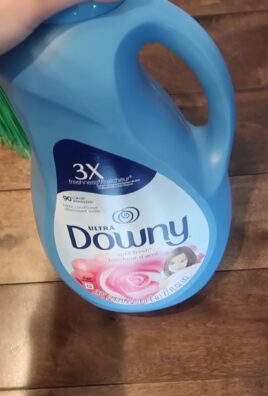
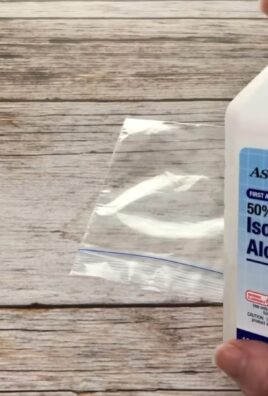
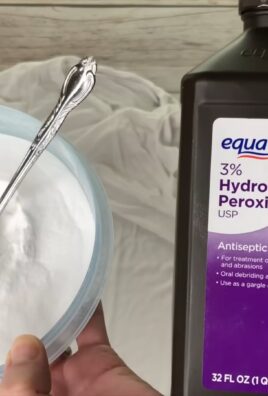
Leave a Comment